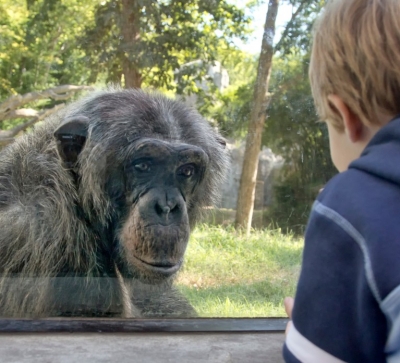
At the height of the COVID-19 pandemic, there were a string of news stories that perturbed us even further. As if the innumerable human cases and deaths that the virus was causing the world over were not enough, there were reports of the disease undergoing a spillback from humans back into wild animals.
The pandemic has led to a growth in interest in understanding human-to-wild animal pathogen transmission. Led by scientists at Georgetown University, an international research team has found out that humans may indeed be giving viruses back to animals more often than what was previously believed to be the case.
Nearly 100 different cases
The study is part of a National Science Foundation funded project called the Viral Emergence Research Initiative, also known as Verena. Just like how SARS-CoV-2 has been able to spread in mink farms, wild white-tailed deer, and even zoo lions and tigers, researchers figured out how the process took place in the past. They did this by studying the literature of the past and were able to describe nearly 100 different cases of such spillbacks in their study, which was published in March in Ecology Letters.
The international research team found that almost half of the incidents that were identified had occurred in captive settings like zoos. This doesn’t come as a surprise as veterinarians keep a close eye on animal health in such an environment and hence are more likely to notice when a virus makes the jump.
Human to primate transmission
The study also shows that over half of the cases were human to primate transmission. This isn’t a surprise either, not only because great apes are carefully monitored, but also since pathogens find it easier to jump between closely-related hosts.
By using data science and machine leaming, the Verena team aims to predict which viruses can infect humans, which animals host them, and how they might emerge. This new study has offered some positives as scientists believe they can use artificial intelligence to anticipate which species might be at risk of contracting a virus.
While spillovers may be predictable, we must bear in mind that we still know very little about wildlife disease. This implies that measuring how severe a risk spillback poses – both for wildlife conservation and human health remains a work in progress.
Picture Credit : Google




